Transform your business with cutting-edge AI solutions
We are a highly skilled team comprised of alumni from top technical institutions such as IIT and NIT, who bring extensive corporate experience to the table. Our focus is on delivering cutting-edge, innovative, and impactful AI solutions to businesses. We are committed to providing exceptional end-to-end engineering services and products that prioritize both quality and speed, ensuring complete customer satisfaction.
Happy Clients



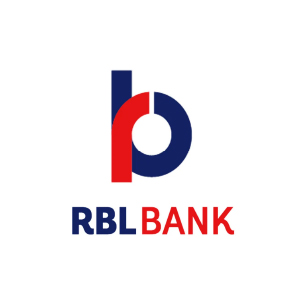
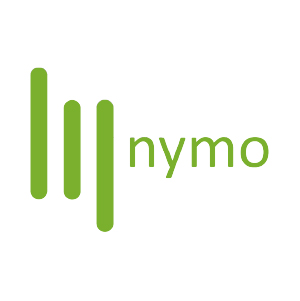


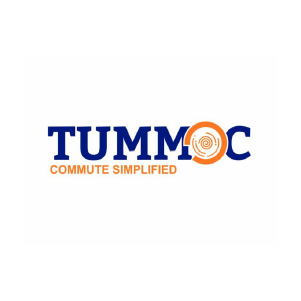

Winner of Grand Challenges Karnataka award from Government of Karnataka
Latest Case studies

Case Study 1
Predicting Weekly Sales
at country level
Challenge
The objective of this project was to forecast weekly sales of a diverse range of products at the national level, and to devise an optimal promotional strategy.
Methodology
The sales outcomes are influenced by various factors such as pricing, discounts, seasonal trends, promotional strategies, pricing strategies of competitors, and product availability across stores. We utilized data from the past three years and subjected it to pre-processing before feeding it into the model.
We employed an Auto-regressive Distributed Lag (ADL) model, which achieved a Weighted Mean Absolute Percent Error (WMAPE) of 10.
To generate the promotional plan, we employed a genetic algorithm that is capable of formulating a promotion strategy within a specified time frame, aligned with predetermined goals such as maximizing sales or profits.
Tech Stack
Azure ML Pipeline
Docker
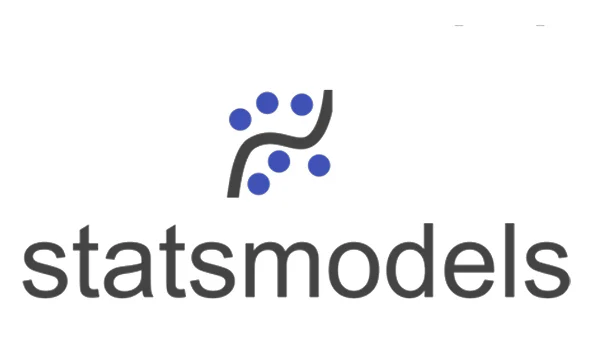
Statsmodels
MySQL

Case Study 2
Detect correct spelling & Grammatical errors
Challenge
Paraphrasing takes the original sentence and uses different words or phrases to express the same meaning.
Methodology
- We created and scrapped data in millions containing original and rephrased sentence pairs.
- Trained a large transformer-based model. The model achieved a state-of-the-art performance.
- We created and scrapped data in millions containing original and rephrased sentence pairs.
Tech Stack
Docker
Pytorch
Dynamo DB
aws

Case Study 3
Determine Authenticity of ID Cards uploaded online
Challenge
This project aimed to create a system that could verify the authenticity of identification cards submitted by candidates for an online examination, and extract relevant information such as the candidate’s name, date of birth, and identification number, using Optical Character Recognition (OCR) technology.
This capability was required by the client to ensure the identity of candidates prior to granting them access to take the test, and the scope of the project was limited to identification cards issued by the Indian government, such as Aadhaar cards, PAN cards, and Voter IDs.
Methodology
In the initial stage of the project, the goal was to classify an ID card image as either valid or invalid. As limited public data was available for Aadhaar and PAN cards, an unsupervised approach was taken, which involved creating a small internal dataset of authentic ID cards and obtaining embeddings of these images from the first five layers of a Resnet model. The validity of a newly uploaded ID card was then determined using cosine similarity, with a threshold of 0.85 established through statistical analysis.
Once the validity of the ID card was confirmed, a Tesseract-based deep learning Optical Character Recognition (OCR) model was fine-tuned to extract text information, specifically focusing on the name, date of birth, and identification number. To enhance the performance of the OCR, the image underwent preprocessing through Gaussian blurring.
After OCR was used to detect all text present in the image, the extracted text was further processed to identify the name, date of birth, and identification number using regex and string matching algorithms.
Tech Stack
The feature was developed on Django and deployed as a docker image on AWS as a web api. Pytorch and opencv were used to develop the OCR and classifier models.
Open CV
Pytorch
Dynamo DB
Docker
aws

Case Study 4
Find factors that contribute to success of restaurants
Challenge
The objective of this project was to identify the factors that contribute to the success of the top restaurants in a franchise chain, with the aim of enabling the client to replicate these elements in their other locations, leading to increased sales and profits. One significant challenge encountered was ensuring a fair comparison of restaurants across different tiers of cities.
Methodology
- Initially, the census data of the country was collected and analyzed, including information on the median age, sex ratio, ethnicity, average income, mean time to commute, and population at the zip code level. The zip codes were then grouped into 8 clusters using the K-Mode clustering algorithm, enabling an accurate comparison between the different areas.
- The client’s data was then mapped to the respective clusters and underwent missing value treatment and feature engineering, resulting in a total of 65 features that covered various aspects of the restaurants, such as working hours and workplace conditions. To identify successful restaurants, customer satisfaction scores from the client’s data were utilized.
- Finally, by using SHAP analysis, the key success factors behind successful restaurants were determined on a cluster-by-cluster basis.
Tech Stack
MongoDB
Databricks
aws
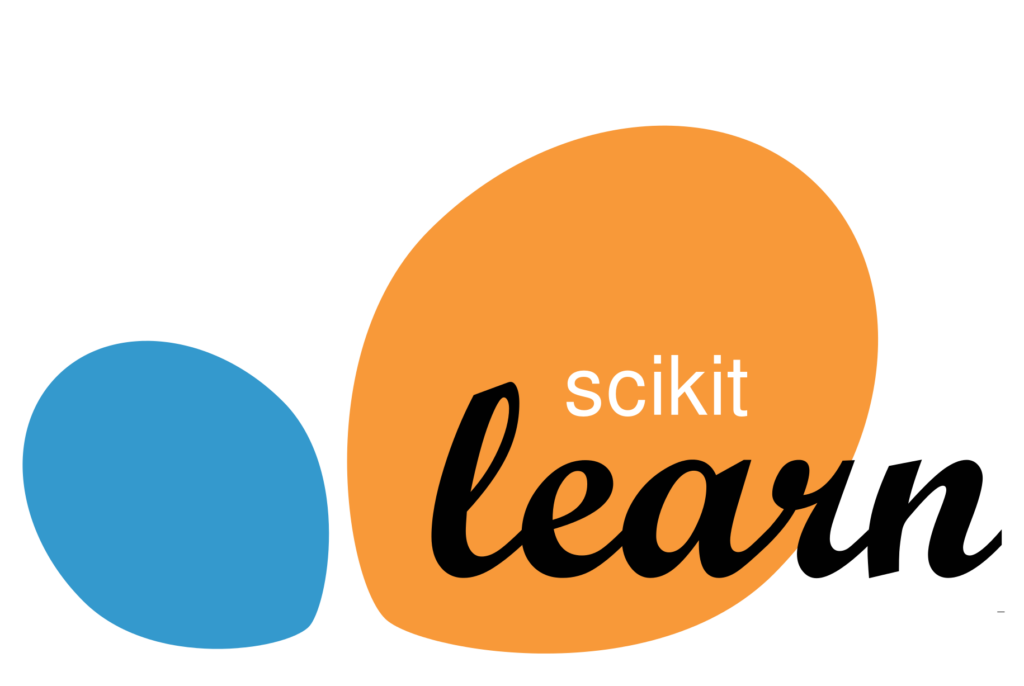
sklearn

Case Study 5
Self-checkout system
Challenge
The objective of the initiative was to design a self-checkout system with a robust anti-theft mechanism. The client sought a solution that could effectively recognize store products, accurately calculate the items purchased by customers, and cross-reference the information with barcode scans, despite the potential for exceptions and complexities in the process.
Methodology
- The client’s checkout area was divided into two distinct areas: a cart area and a scan area, and only one product was allowed to be scanned at a time.
- An Object Detection model was deployed to identify the store product, which was then passed on to an Object Tracker to continuously track the product within the live video feed captured by the camera using OpenCV. The IP address of the camera was required to extract the live video feed.
- Finally, a comparison was performed between the count generated by the AI software and the product count recorded by the barcode machine to complete the transaction.
Tech Stack
Open CV
Pytorch
Azure ML Pipeline
MySQL
Docker

Case Study 6
Tag customer-agent conversations
Challenge
The aim of this initiative was to analyze customer-agent interactions and extract a relevant theme or topic from their transcriptions. This was accomplished by creating a robust tagging system that could efficiently categorize customer-agent conversations based on the business verticals of interest. The objective was to gather qualitative and quantitative feedback to better understand the nature of these interactions.
Methodology
- The project aimed to extract the theme of customer-agent interactions through their transcripts and develop a tagging system that can categorize these interactions for further analysis.
- In the initial phase, transcripts were parsed to extract key information through a question answering model, which generated a list of possible themes for each interaction. This list was then refined through clustering algorithms to condense the list of themes.
- In the next stage, the condensed list of themes was used to create the required tagging system, using embeddings to map themes to interactions. This allowed the categorization of daily interactions, mapping them back to the selected themes.

